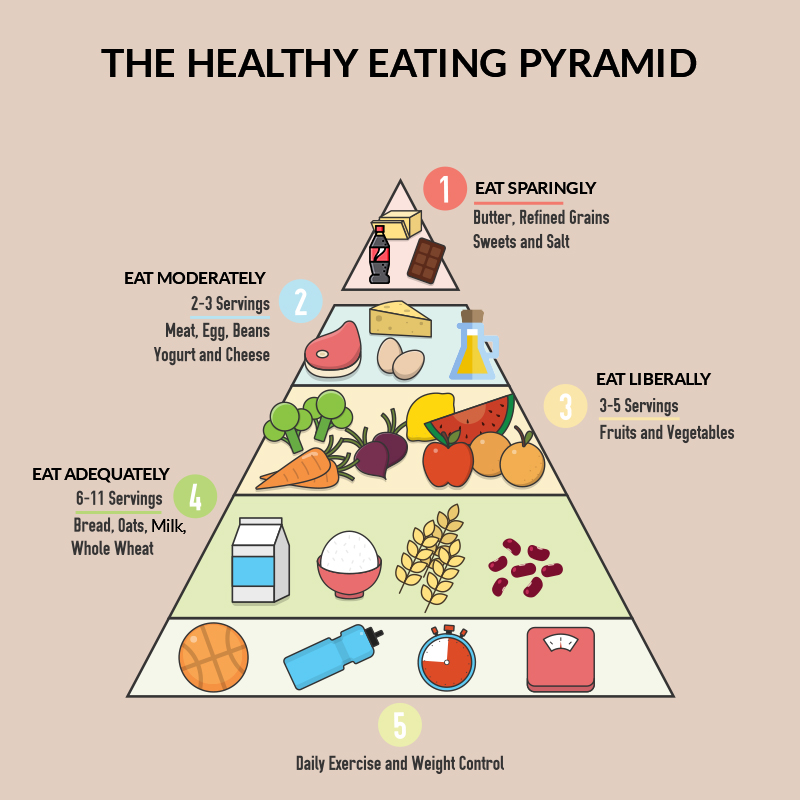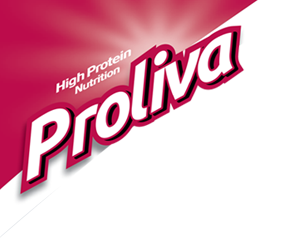-
Your guide to children’s nutrition
18.09.2017Nutrition is a growing child’s best accomplice.
From the early stages of growth to adolescence, the quality of nutrition serves as the single most influential factor in a child’s physical and mental development.
Proper nutrition consists of a balanced diet underlining the importance of grains, complex carbohydrates, and proteins. Minimizing the consumption of simple carbs like sugars, saturated fats, and oils is vital to reducing the likelihood of childhood obesity.
How does one determine the quality of nutrition through? What kind of nutrition do your children need? Is the same type of nutrition applicable for all children? Why is there a need to monitor what your child eats?
Proper nutrition helps a child grow by strengthening bones, muscles, tissues, and other vital organs.
As the child grows, food serves as energy for various complex bodily functions. The right amount of nutrition acts as a catalyst and speeds up the growth process in a seamless manner.
According to a survey conducted by IMRB in April 2015, 9 out of 10 Indians had a diet deficient in proteins. 91% of vegetarians have shown protein deficiencies as compared to non-vegetarians at 85%. There are only 25% awareness levels among Indians on the need and importance of protein. The National Institute of Nutrition (NIN) has also reported severe forms of micro-nutrient deficiency in children for Vitamin B12 and Vitamin D.The food pyramid guide is one such tool that helps you gauge what you need to be serving your children and how often. The pyramid lists out various food products in a hierarchy underlying their importance. It consists of various groupings ranging from bread, wheat, & rice on one hand to meat, lentils, and eggs on the other. It’s relatively simple and easy to understand while its groups are meticulously divided based on various parameters.
This structure helps you organise foods into various categories based on type and source of nutrition.

Section 1: Carbohydrates
A significant portion of the pyramid focuses on complex carbohydrates in the forms of wheat, rice, bread, and likewise. They serve as the basic energy source for a growing body and as opposed to junk foods that provide instant energy; these carbohydrates are sources for sustained energy, the kind invaluable for children. Simple carbs like Sugar, Fructose (Fruits), Glucose, Lactose (milk) are absorbed quickly and could be potentially harmful if consumed in excess. Complex carbs like wheat, rice, pulses, and vegetables are absorbed slowly.
Section 2: Vitamins, Minerals, and Fibers
Fruits and vegetables constitute the next bit. They provide vitamins and essential minerals and aids in growth, vision and more. They are critical to the functioning of the brain ensuring that the learning curve of a child is acute.
Section 3: Protein and Calcium
Another section of the pyramid is divided into two halves, each of them constituting milk products on one hand and meat, pulses, lentils, and eggs on the other. This section, on the whole, concerns itself with protein and calcium nutrients essential for a child’s muscle and bone growth. Height and body frame are largely determined by how consistently these nutrients are administered to a growing child.
Section 4: Oils and Fats
Oils and fats also find a place in this pyramid. Although they sit right on top of this structure, their use in the growth cycle of a child is minimal. Foods that serve as sources of fats are sweet meats, butter, ghee, and other such condiments.
Nutrition is not as complicated as it sounds. With the right understanding of food types and doctor-approved diets, aiding a child’s growth becomes relatively uncomplicated.
Latest Blog Post
- Sugary Drinks Linked to a Higher Cancer Risk
- The Latest Research on Protein and Muscle-Building
- 27 Health and Nutrition Tips That Are Actually Evidence-Based
- Tall order: More to good growth in toddlers than just measurements
- Millions of cardiovascular deaths attributed to not eating enough fruits and vegetables

